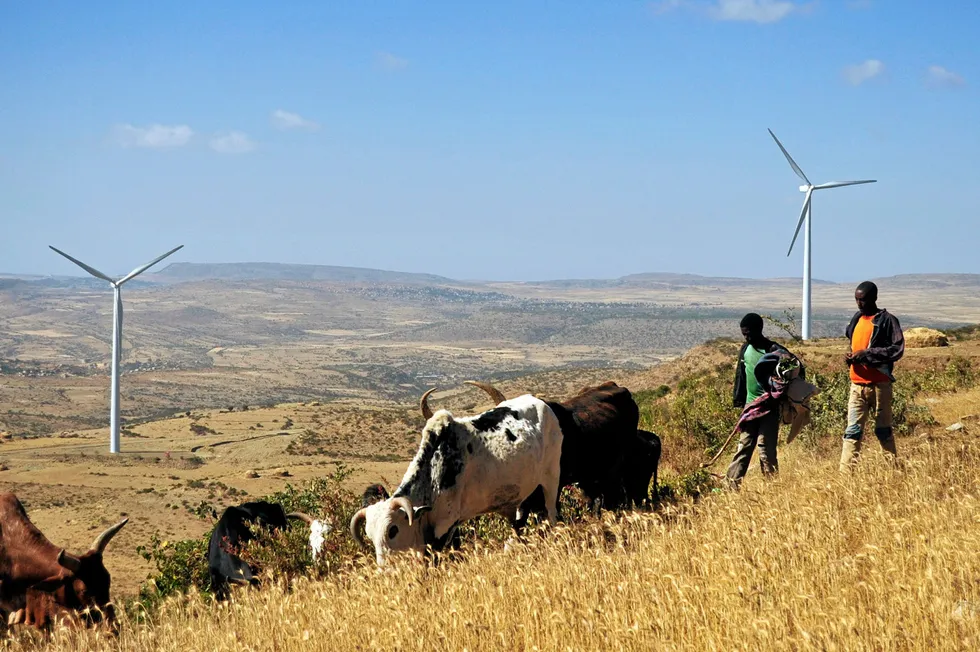Africa could provide 10% of the world's green hydrogen by 2050: report
As much as 60 million tonnes could be produced each year across the continent, but solar and wind power would have to grow more than 100-fold

As much as 60 million tonnes could be produced each year across the continent, but solar and wind power would have to grow more than 100-fold
